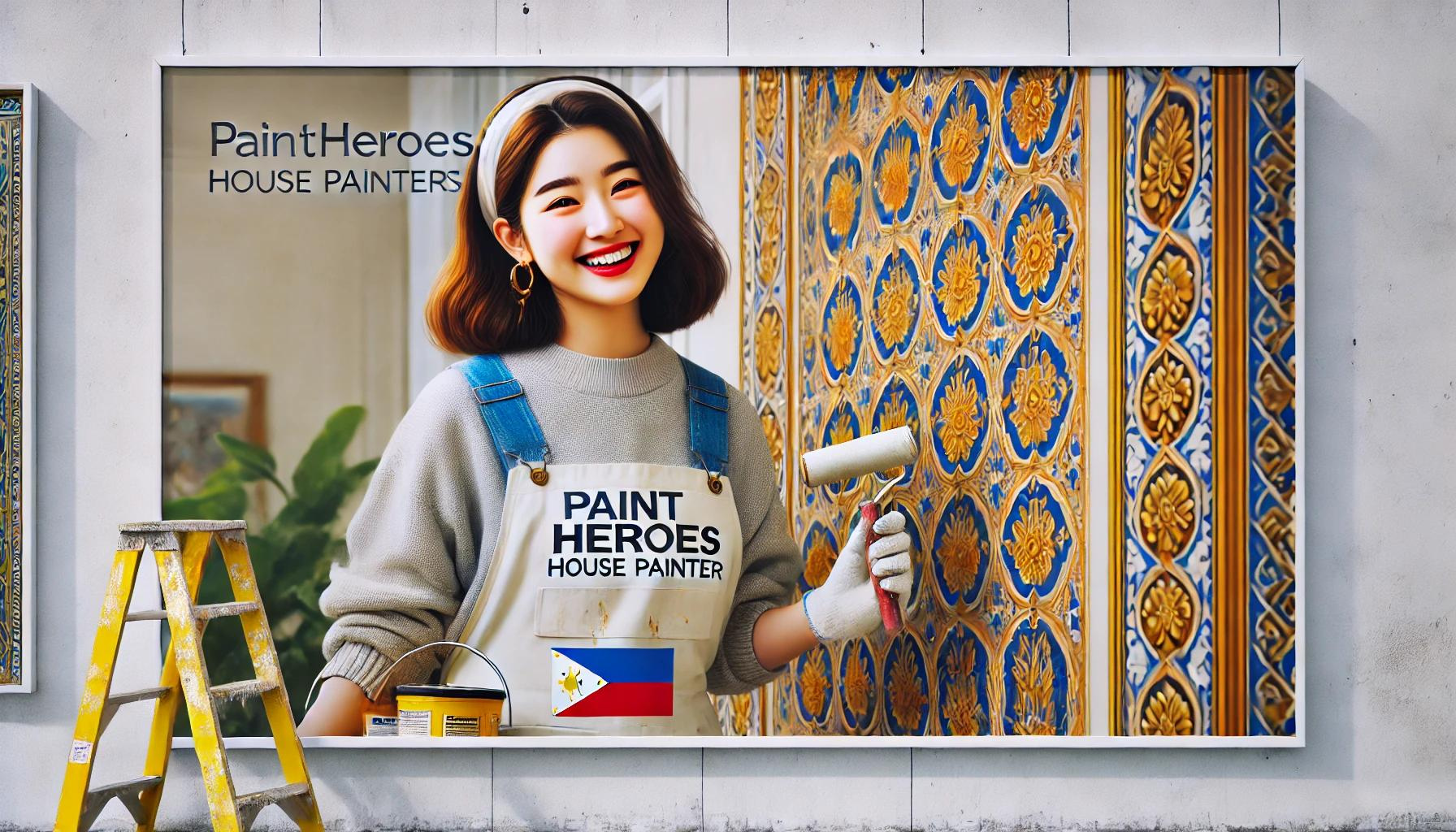Famous Filipino Painters And Their Works
Famous Filipino Painters And Their Remarkable Works
Exploring The Artistic Legacy Of The Philippines
The Philippines boasts a rich tapestry of artistic talent, with numerous painters who have made significant contributions to both local and international art scenes. Their works often reflect the country's vibrant culture, history, and social issues, making them an essential part of the Philippine identity.
Fernando Amorsolo Captures the Essence of Rural Life
Fernando Amorsolo, recognized as the first National Artist for Visual Arts, is celebrated for his romanticized depictions of Filipino rural life. His iconic painting, "Planting Rice," showcases the beauty of the countryside with its radiant colors and masterful use of light. This artwork not only highlights the hard work of Filipino farmers but also embodies the spirit of resilience and connection to the land that characterizes Filipino culture. Amorsolo's ability to evoke emotion through his landscapes has solidified his status as a beloved figure in Philippine art.
Juan Luna's Masterpiece Reflects Historical Struggles
Juan Luna, another prominent figure, gained fame for his powerful painting "Spoliarium," which won a gold medal at the 1884 Madrid Exposition. This dramatic work depicts the plight of dying gladiators and serves as a poignant commentary on the struggles faced by Filipinos during the colonial era. Luna's art is not just visually striking; it also carries deep historical significance, making him an important figure in the narrative of Philippine art.
Félix Resurrección Hidalgo's Artistic Brilliance
Félix Resurrección Hidalgo, a contemporary of Luna, is known for his evocative pieces like "Las Virgenes Cristianas Expuestas al Populacho." His works often explore themes of morality and human experience, earning him a silver medal at the same 1884 exposition. Hidalgo's ability to blend classical techniques with emotional depth has left a lasting impact on the Philippine art scene.
Vicente Manansala and the Cubist Perspective
Vicente Manansala, recognized as a National Artist, introduced cubism to the Philippines. His works, such as "Madonna of the Slums," depict the realities of Filipino life, blending social commentary with artistic innovation. Manansala's unique style captures the essence of urban existence, making his contributions to understanding contemporary Philippine art. These artists, among others, have shaped the landscape of Filipino art, each bringing their unique perspectives and styles to the canvas. Their masterpieces continue to inspire and resonate with audiences, ensuring that the legacy of Philippine art endures through generations.
Celebrated Filipino Artists And Their Iconic Masterpieces
A Journey Through The World Of Philippine Art
The Philippines is home to a diverse array of talented painters whose works reflect the nation’s rich cultural heritage and complex history. From the romantic landscapes of the countryside to poignant social commentaries, these artists have left an indelible mark on the art world. Let’s delve into the lives and masterpieces of some of the most celebrated Filipino painters.
The Enchanting Landscapes of Fernando Amorsolo
Fernando Amorsolo is often hailed as the “Grand Old Man of Philippine Art.” His paintings are characterized by their luminous colors and idyllic depictions of rural life. One of his most famous works, "The Rice Planting," captures the essence of Filipino agrarian culture, showcasing farmers working harmoniously in the fields. Amorsolo’s ability to infuse light and warmth into his landscapes not only celebrates the beauty of the Philippines but also evokes a sense of nostalgia for simpler times.
Juan Luna’s Passionate Historical Narratives
Juan Luna is a pivotal figure in Philippine art, renowned for his dramatic and emotive works. His masterpiece, "Spoliarium," is a powerful portrayal of fallen gladiators being dragged away after battle. This painting serves as a metaphor for the struggles faced by Filipinos under colonial rule. Luna’s work is not only visually stunning but also rich in historical context, making him an essential figure in the narrative of Filipino identity and resistance.
Félix Resurrección Hidalgo’s Emotional Depth
Félix Resurrección Hidalgo, a contemporary of Luna, is celebrated for his ability to convey deep emotion through his art. His notable work, "Las Virgenes Cristianas Expuestas al Populacho," depicts the plight of Christian martyrs, blending religious themes with social commentary. Hidalgo’s style, marked by intricate details and dramatic expressions, invites viewers to reflect on the human condition and societal challenges.
Vicente Manansala and the Fusion of Tradition and Modernity
Vicente Manansala is known for his unique approach to cubism, which he skillfully blended with Filipino themes. His painting "Jeepney" captures the vibrancy of urban life, showcasing the iconic mode of transportation that symbolizes Filipino culture. Manansala’s innovative use of shapes and colors reflects the dynamic spirit of contemporary Philippine society, making his works both relevant and engaging. These renowned Filipino painters have significantly influenced the art landscape, each contributing their unique voice and perspective. Their masterpieces continue to resonate, inspiring future generations and enriching the cultural tapestry of the Philippines.


